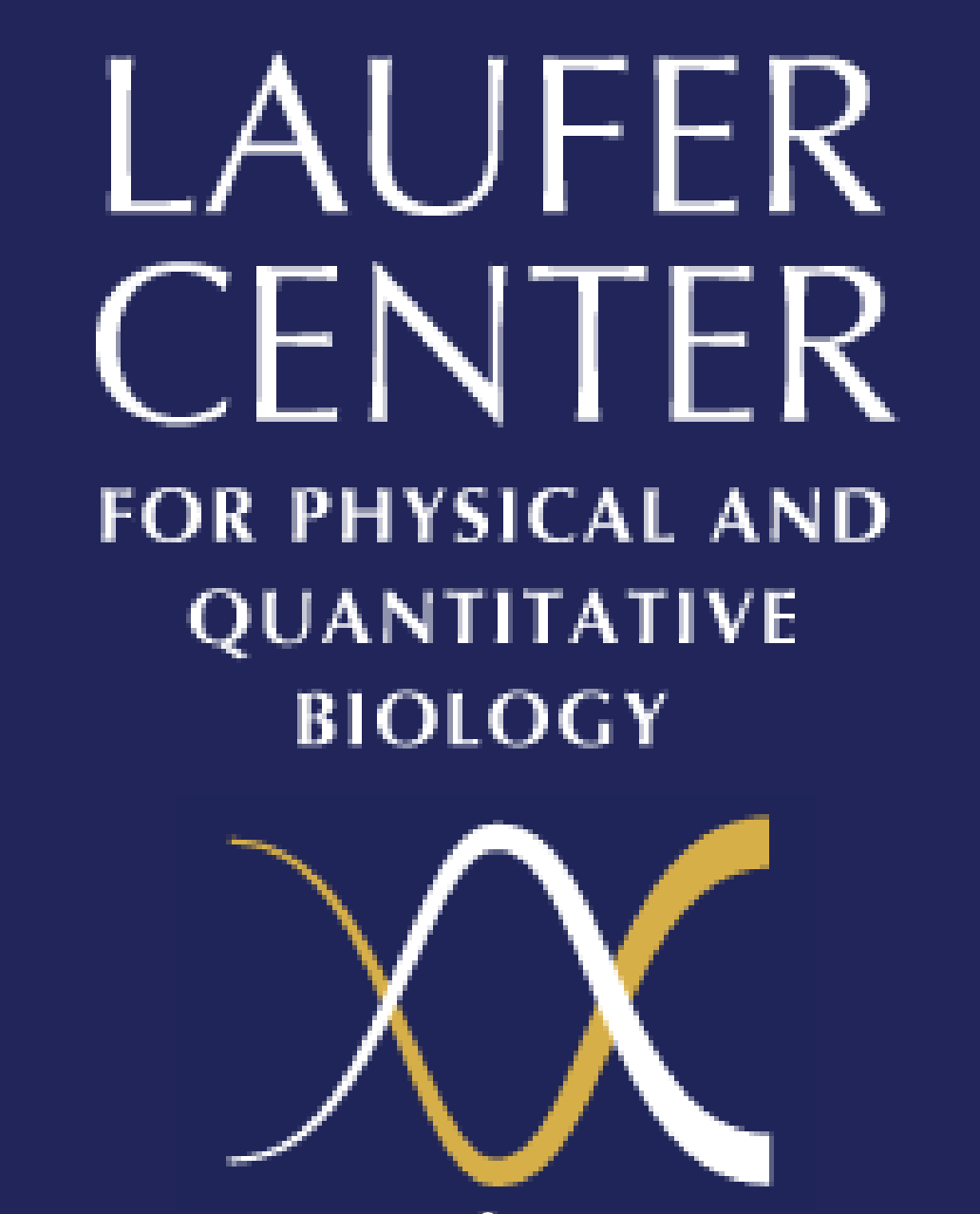Events Calendar
Refreshments at 12:30 in Laufer Center Lounge
Dima Kozakov
Dept. Biomedical Engineering
Boston University
Global sampling of macromolecular association energy landscapes using Fast Fourier Transforms and their generalizations.
Sampling energy landscape of macromolecular interactions is a challenging problem of computational biology. Classical approaches like Molecular Dynamics and Monte Carlo are not always optimal for these applications due to large configurational space of the problem. On contrary The Fast Fourier Transform (FFT) correlation sampling approach can exhaustively evaluate the energies of billions of macromolecular configurations on a grid provided two limitations - the energy is described in the form of a correlation function and the interacting molecules are assumed rigid. Here we show that by removing above restrictions, i.e adding accurate molecular mechanics energy function and introducing flexibility, FFT based approaches can become method of choice for the molecular recognition problems.
We present several applications of the FFT based approaches. First is the problem of protein-protein interactions, where our automatic docking server ClusPro was top performing server in world wide experiment on blind assessment of protein interactions (CAPRI). Second is protein hot spot identification method FTMap, which is computational analogue of NMR or X-ray based screening using libraries of fragment-sized compounds. Such experimental approaches include the Multiple Solvent Crystal Structures method used by Ringe and co-workers, who soaked protein crystals in the solution of organic solvents, or the experiments by the Fesik group at Abbott Laboratories, who determined protein-ligand interactions by NMR. In both methods, it has been observed that the small organic compounds cluster in the active sites of proteins. The binding of various compounds provides information on the druggability of the site, and can be used as input for fragment based drug design. Method is shown to agree well with experiments and is applied to binding site identification, finding of druggable sites on protein-protein interactions, transmembrane proteins, and nucleic acids.


